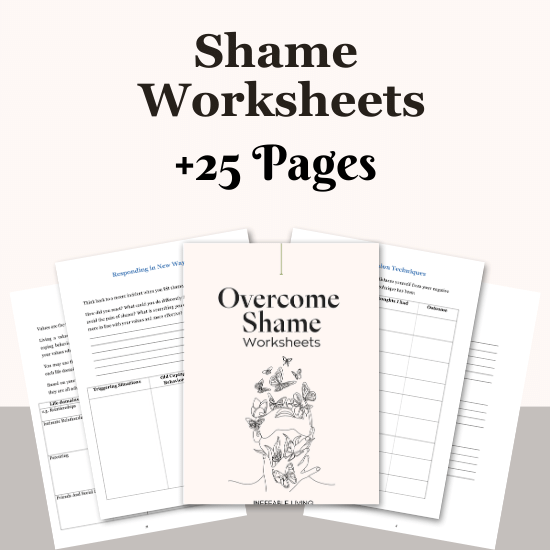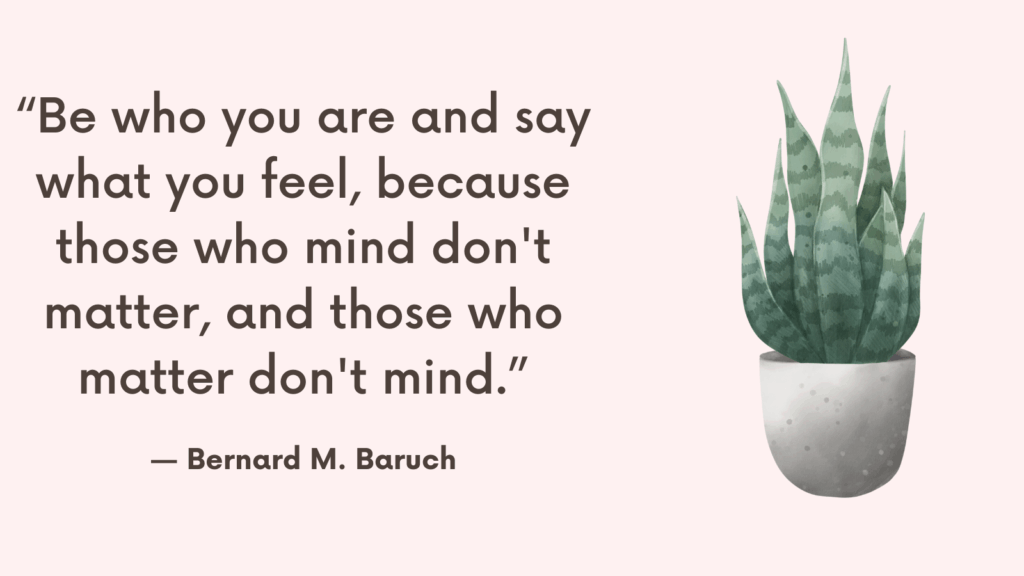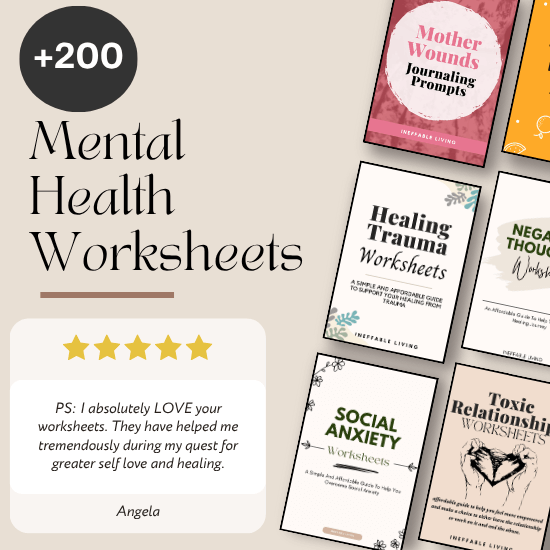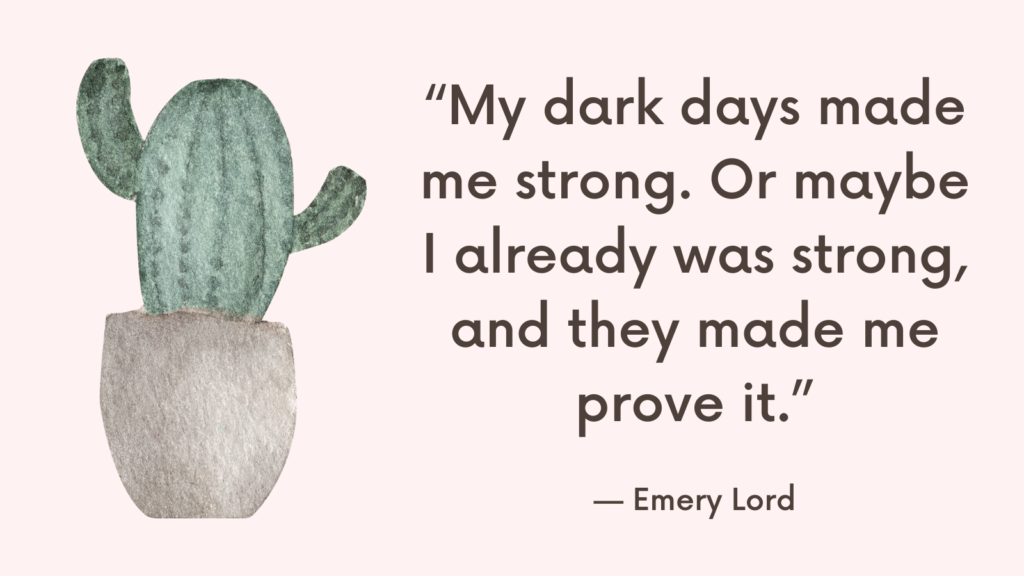Shame is one of the most powerful — and painful — human emotions. It doesn’t just say “You did something wrong.” It says “You are something wrong.” And when that message hits your nervous system, it doesn’t feel like a thought. It feels like reality.
That’s what makes shame so tricky. It feels like truth. Like a mirror you can’t argue with. Like the final word on who you are. But here’s the truth: shame is not clarity — it’s distortion. And just because it feels real doesn’t mean it is real.
Here’s why shame feels so convincing — and how to tell the difference between shame and truth.
Why Shame Feels Like Truth (But Isn’t)
1. Shame Starts Early and Hides Deep
Many of us first felt shame before we even had language for it — moments when we were ignored, criticized, or made to feel “too much” or “not enough.” Over time, those experiences shape internal beliefs like “I’m broken,” “I don’t belong,” or “I’m a burden.” Because they’ve been around so long, they feel like facts — not wounds.
2. Shame Speaks With Certainty
Shame doesn’t whisper. It declares. It says “You’ll never get it right,” or “Everyone can see how flawed you are.” Its tone is so familiar and firm that it feels like memory or logic — not self-judgment. But certainty is not the same as truth. Especially when it’s rooted in fear.
3. Shame Feels Physical
Shame lives in the body. A dropped gaze, flushed face, hunched shoulders, tightening in the chest — these responses can make it feel like something is wrong with you right now. That physical intensity can be mistaken for confirmation: “See? If I feel this bad, it must be true.” But many traumas live in the body long after they’re over.
Related: Best 20 Healing Shame Exercises To Break Free From Toxic Shame
4. Shame Blocks Nuance
Truth has room for complexity: “I made a mistake, but I’m still worthy.”
Shame doesn’t: “I made a mistake, therefore I am a mistake.”
When you’re stuck in shame, you lose access to nuance, growth, and context. You collapse your entire identity into one flaw, one moment, one label. That collapse isn’t clarity — it’s distortion.
5. Shame Mimics the Voice of Authority
If caregivers, teachers, or peers shamed you growing up, you may internalize that voice. Over time, it becomes your own. You trust it because it’s familiar — but it wasn’t originally yours. That shame-based voice is often an echo of someone else’s pain, passed onto you.
6. Shame Feeds on Silence
The less you speak it, the more powerful it becomes. Shame says, “Don’t tell anyone — they’ll agree you’re too much, too messy, too weak.”
But when you speak shame out loud to someone safe, it starts to lose its grip. Truth can stand being spoken. Shame depends on secrecy.
7. Shame Is Loudest When You’re Growing
Ironically, shame often gets louder when you’re on the edge of change — starting something new, setting a boundary, showing up more fully. That’s because expansion threatens the part of you that believes you’re not worthy. Shame tries to pull you back into the familiar, even if the familiar hurts.
Related: Guilt And Shame In Recovery: Top 10 Tips to Overcome Them
What to Do When Shame Feels True?
1. Name It for What It Is
The moment you feel the heaviness, the spiral, the urge to disappear — pause. Say to yourself, “This is shame. Not fact. Not identity. Just shame.” Naming it helps you step out of fusion with it. It reminds you that this voice is a visitor — not the core of who you are.
2. Separate What You Did From Who You Are
Shame says “I am bad.” Truth says “I made a mistake, and I can make it right.”
Whenever shame tries to attach to your identity, gently break that link. Ask:
- Did I mess up? Or am I assuming I’m unworthy because of old stories?
- Can I make amends or learn something instead of self-destructing?
You are allowed to be imperfect and still be worthy of love, repair, and respect.
3. Speak It to Someone Safe
Shame thrives in silence. The longer you keep it secret, the louder it grows. Find someone you trust — a friend, therapist, or mentor — and say it out loud.
“I’m struggling with something that feels true, but I don’t want it to be.”
Often, just being heard without judgment is enough to loosen shame’s grip.
4. Reframe the Story With Compassion
Ask yourself:
- What would I say to a friend if they felt this way?
- Is there another way to look at this that includes kindness, not cruelty?
- What part of me is hurting beneath this shame?
Instead of responding with punishment, offer comfort.
“Of course I feel this way — I’m human. And I can choose something softer.”
Related: Top 17 Shame Journal Prompts (+FREE Worksheets)
5. Remind Yourself That Shame Is Old
Many shame responses are echoes from early experiences — childhood criticism, rejection, trauma, or unmet emotional needs. When shame shows up, try saying:
“This feels big because it’s not just about now. But I’m not a child anymore. I can choose how I respond.”
You don’t have to keep living by the emotional rules someone else taught you.
6. Let Your Body Process It
Shame lives in the body. You might feel flushed, collapsed, frozen. Let yourself move — go for a walk, stretch, cry, breathe deeply. Movement reminds your body you are not stuck, not trapped, and not in danger.
Grounding helps break the shame loop and bring you back to the present.
7. Replace the Shame Script With Truth
Start building a new internal script, even if you don’t believe it yet:
“I am not the worst thing I’ve ever done.”
“I can learn and grow from this.”
“I don’t have to carry this forever.”
Say it out loud. Write it down. Repeat it until it starts to feel like an option.
Related: How to Break Shame Cycle? Top 8 Strategies

Conclusion
Shame is persuasive, but it’s not your truth. It’s a story — often inherited, often outdated — that says pain must define you. But you get to decide what you do with that story now.
You are not the voice in your head that tears you down. You are the one choosing to listen differently. And that choice is where healing begins.



